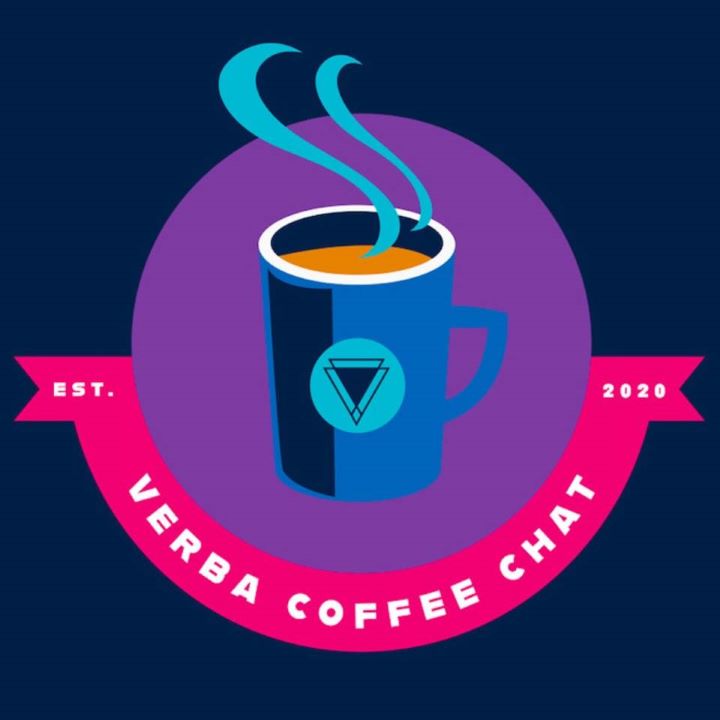
Resources for Student Success
March 12, 2021
Problems Paying for Course Materials and Other Expenses: A Burden on Student Success (Friction Series Part Two)
May 5, 2021We thought: how can we inform more institutions about both the challenges and opportunities of matching available student funds to their eligible purchases? What’s a good way to share our insight into on-campus transactions so we can make seamless payments a greater part of the student experience? That’s why we came up with this 8-part series on “payment friction.”
What is “Payment Friction”
Merriam-Webster defines friction as “the rubbing of one body against another, like the friction of sandpaper on wood” and “the force that resists relative motion between two bodies in contact.
But what is payment friction, and why should you reduce it? In our context, friction refers to online and offline payment processes that make it harder for students to make purchases they need to succeed. And harder for the institution to manage programs that help students.
A cash-strapped student should be able to buy eligible materials with their educational funds with as much ease as using a credit card. At the same time, campus staff should not have to take on additional burden when administering these types of programs. Finally, reconciling and accounting for these transactions should be predictable and simple.
Friction Can Be a Real Drag on Student Success
While programs like Inclusive Access serve a noble purpose by providing more students with educational materials at a lower cost, it comes at the cost of added complexity. Book vouchers are another example where the idea of helping students access their financial aid is great, but the solution is incomplete. Without an integrated solution, these transactions can be cumbersome and tough to manage—causing extra work for the Auxiliary, Bursar, and IT personnel.
Any time a student cannot acquire the goods or services needed (in a timely manner) because they cannot access or utilize the financial assistance provided for exactly that purpose, there is payment friction. Payment friction is an obstacle to student success that can be overcome if those obstacles are addressed with the same tenacity that campus staff routinely uses to solve other challenges.
A recent survey showed that 85% of students reported that they had difficulty buying course materials. 50% of those students say that this negatively impacted their grades.
What’s ahead?
In the next seven parts of our Friction series, we’ll take an in-depth look at using campus payment types such as Financial Aid and Sponsored Accounts to help students succeed. We’ll talk more about Inclusive Access Billing. We’ll highlight the common pitfalls that cause extra work, reduced data security, and staff and student frustration. Finally, we’ll also touch on ways to streamline these processes to keep your students happy and give campus staff relief from more tedious work.
Parts Two




